The Show of Shows

Brief Synopsis
Cast & Crew
John G. Adolfi
Frank Fay
William Courtenay
H. B. Warner
Hobart Bosworth
Marian Nixon
Film Details
Technical Specs

Synopsis
Following the introduction of emcee Frank Fay, a dramatic prologue presents an execution in a medieval setting. The "Military March" number features Monte Blue and a horde of chorus girls in a dancing routine. Winnie Lightner then sings "Singin' in the Bath-Tub" with a male chorus attired as bathing girls, and performs a comedy takeoff with Bull Montana. Georges Carpentier appears as a boulevardier in a number featuring "If I Could Learn to Love," supported by Alice White and Patsy Miller. Irene Bordini appears with various composers, each seated at a piano, and sings their successes. In the Florodora Number, the girls sing, then are replaced by the Florodora Boys, demonstrating their occupations in a dance routine. Beatrice Lillie, in a comedy sketch, does "Your Mother and Mine." In the "Motion Picture Pirates" number, Ted Lewis appears with an array of leading screen ladies and heavies along with his band on a picturesque pirate ship. Myrna Loy and Nick Lucas appear in an Oriental routine featuring "Li-Po-Li," and an all-star number features eight sets of starlets, each attired in costumes of various countries in "Meet My Sister," with Richard Barthelmess as emcee. A rhythmic ballet number features 75 dancing girls in black and white costumes, highlighted by Louise Fazenda; then Lupino Lane appears in a tramp ballet. John Barrymore, along with Anthony Bushell and E. J. Radcliffe, acts out a scene from Richard III . In the "Bicycle Built for Two" number, Douglas Fairbanks, Jr., heads a prominent group of stars in a satire of 1900; the Execution Number, laid in the badlands of Mexico, features Monte Blue and some of the screen's leading heavies, headed by Noah Beery. The "Lady Luck" finale stars Betty Compson and Alexander Gray along with 15 individual acts, climaxed by a screen image of each of the film's stars singing "Lady Luck."

Director

John G. Adolfi
Cast
Frank Fay
William Courtenay

H. B. Warner
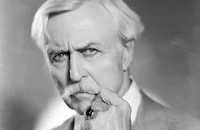
Hobart Bosworth

Marian Nixon

Sally O'neil

Myrna Loy
Alice Day
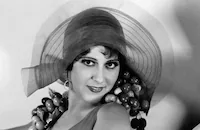
Patsy Ruth Miller
Ben Turpin
Heinie Conklin
Lupino Lane
Lee Moran
Bert Roach
Lloyd Hamilton

Wheeler Oakman
Bull Montana
Kalla Pasha
Anders Randolf
Philo Mccullough
Otto Matiesen
Jack Curtis
Johnny Arthur

Carmel Myers
Ruth Clifford

Sally Eilers

Viola Dana
Shirley Mason
Ethlyne Clair
Frances Lee
Julanne Johnston

Douglas Fairbanks

Chester Conklin
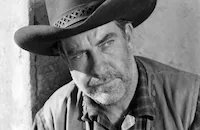
Grant Withers
William Collier Jr.
Jack Mulhall

Chester Morris
William Bakewell
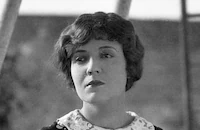
Lois Wilson

Gertrude Olmstead

Pauline Garon
Edna Murphy
Jaqueline Logan
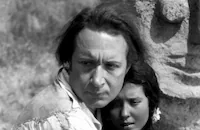
Monte Blue
Albert Gran
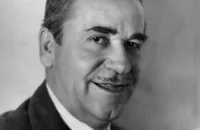
Noah Beery

Tully Marshall
Lee Moran
Armida

John Barrymore

Richard Barthelmess
Sally Blane
Irene Bordini

Anthony Bushell
Marion Byron
Georges Carpentier
James Clemmons
Betty Compton

Dolores Costello

Helene Costello

Marceline Day

Louise Fazenda

Alexander Gray

Beatrice Lillie

Winnie Lightner
Hariette Lake

Lila Lee
Ted Lewis
Nick Lucas

Molly O'day

Rin-tin-tin
E. J. Radcliffe
Sid Silvers
Sojin
Lola Vendrill
Ada Mae Vaughn
Alberta Vaughn
Ted Williams Adagio Dancers

Alice White

Loretta Young
Crew
Rube Bloom
Perry Bradford
J. Keirn Brennan
J. Keirn Brennan
Nacio Herb Brown
Al Bryan
Joe Burke
Larry Ceballos
Michael H. Cleary
Al Dubin
Gus Edwards
Frank Fay
Arthur Freed
Joe Goodwin
George R. Groves
Jack Haskell
M. K. Jerome
Jimmy Johnson
Sam Lewis
Herb Magidson
Bernard Mcgill
Ray Perkins
Jean Schwartz
Bernie Seaman
Marvin Smolev
Ed Ward
Ned Washington
Joe Young
Darryl Francis Zanuck

Film Details
Technical Specs

Articles
Show of Shows














